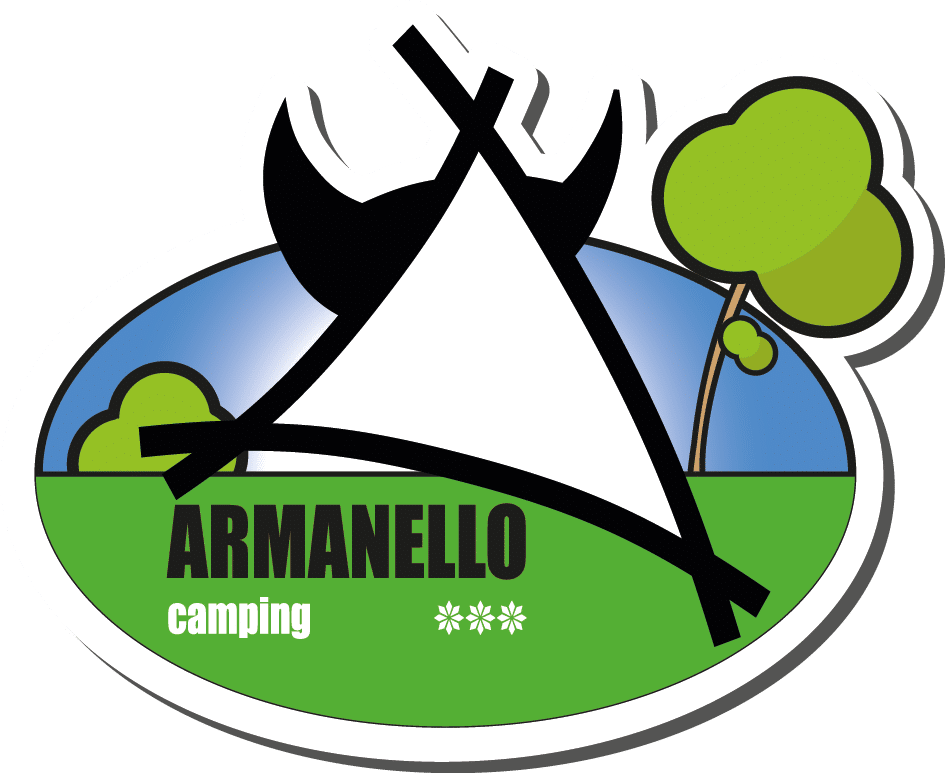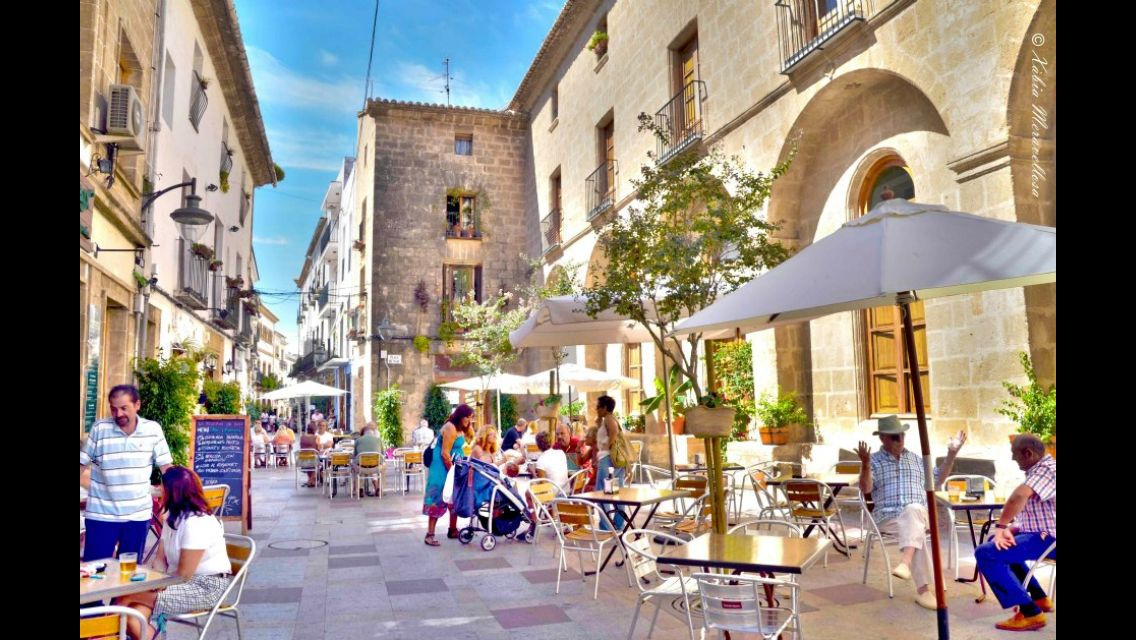
If you’re already thinking about your future vacation, or the next getaway you’re going to make, you’re surely interested in discovering national destinations that have many things to explore and where you can also relax. That’s why, on this occasion, we’re going to tell you in detail what to see in Jávea
Index
How to Get to Jávea
Thanks to our location at Camping Armanello, we are great connoisseurs of the province of Alicante, and we love being able to recommend special places for you to visit.
Jávea is located in the north of the province of Alicante, in the region of Marina Alta, formed by a total of eight towns that combine heritage, culture, and gastronomy. It’s a place you can visit at any time of the year with an almost 100% guarantee of good weather, as the average temperature throughout the year is 18°C.
Before telling you more about Jávea and what to visit, let’s guide you so you can arrive in the easiest and quickest way possible to this town. The good thing is that the Costa Blanca has very good communication routes, and it’s easy to get there from different points.
In Your Own Car
The most common option is to travel to this town by car; the journey can be more or less long depending on your place of origin. You can go via the AP-7 highway or the national N-332 road.
By Bus
Buses follow the routes we’ve just seen, and you have direct connection to this municipality from Madrid, Valencia, and Alicante.
Another alternative is to take a bus to Dénia (which has direct connections with many Spanish cities) and, once there, take another bus to Jávea. The last leg will take very little time because there are only 8 kilometers between one town and the other.
By Train
If you use the Renfe service, it will drop you off at a station about 45 kilometers north of Gandía, and from there it will take about another hour to your destination. If you’re from Barcelona or Valencia, you can quickly arrive on the EUROMED.
By Plane
In this case, you can land at L’Altet airport or at Manises in Valencia, just over 100 kilometers from Jávea. Once in these cities, you can rent a car at the airport and continue your journey, or travel to the city center and take a bus or train.
Things to See in Jávea
The Old Town
We begin the visit in the historic center, and there the town hall building is strikingly attractive, as it’s a construction from the second half of the 18th century.
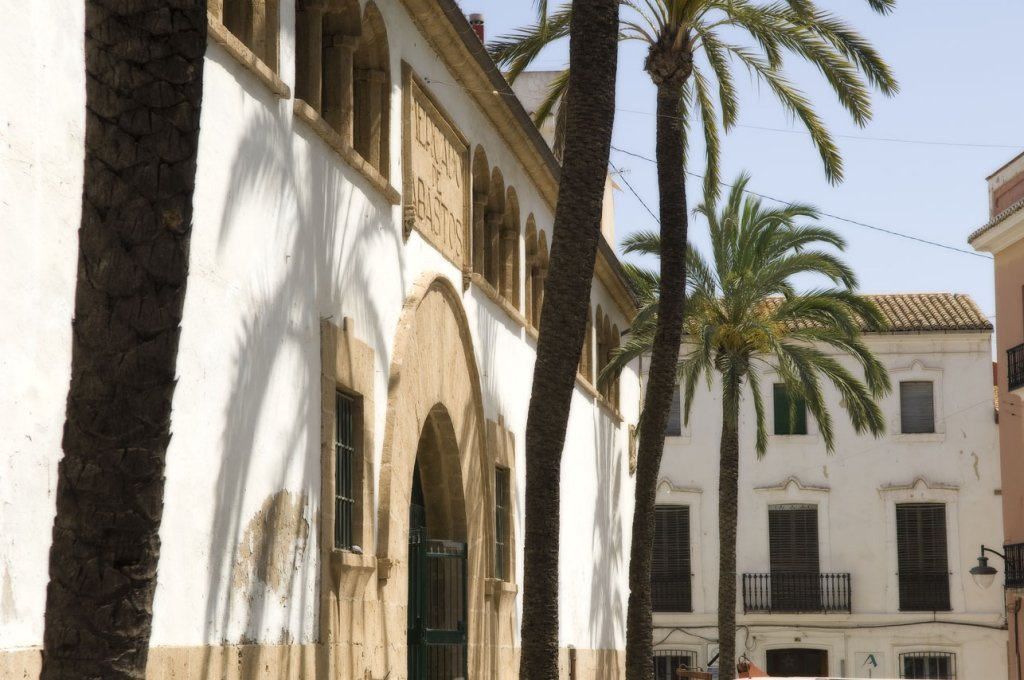
As soon as you arrive in this area, it will be as if you’ve traveled back in time because the streets of the old town still retain a very medieval air. With buildings constructed of stone, with walls and arches that support the constructions and create beautiful facades and arcades.
Here, in addition to the town hall, you have to visit the Abastos market and the Church of San Bartolomé. If you have time, take the opportunity to explore the historical and ethnological museum to discover more about the history of this city.
Arenal Beach
It’s one of the favorite beaches of residents and visitors because it’s the only one in the municipality that has sand. Golden sand that contrasts with the incredible blue color of the sea here.
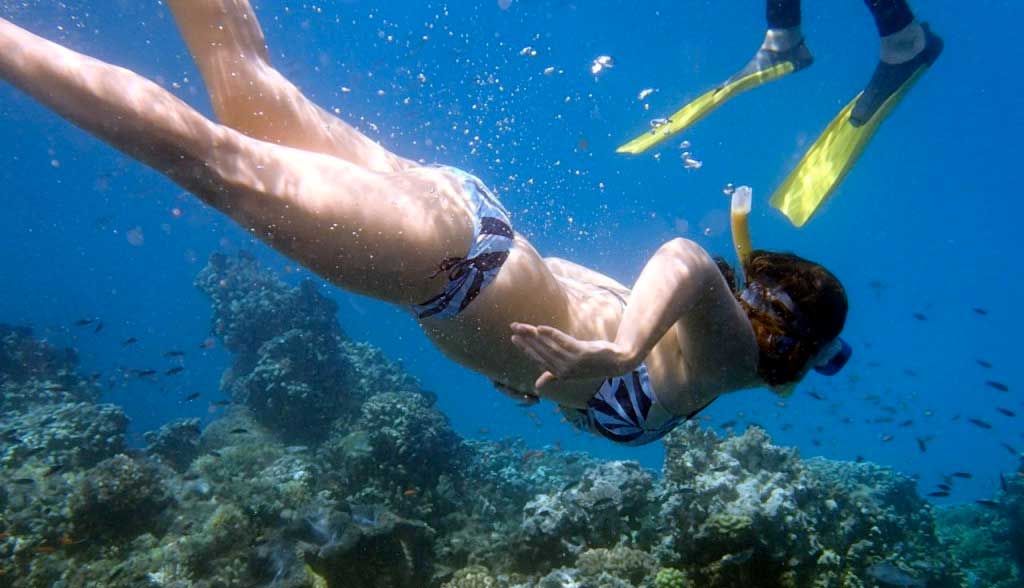
Even if you don’t like the beach, you shouldn’t miss this area, because here you will find a great gastronomic offer and also many places to have a drink or even go dancing when night falls.
Coves of Jávea
The coves are a must-see in Jávea, with their offer of water sports, boat rentals, licensed fishing, and places to snorkel or simply relax on the Costa Blanca.
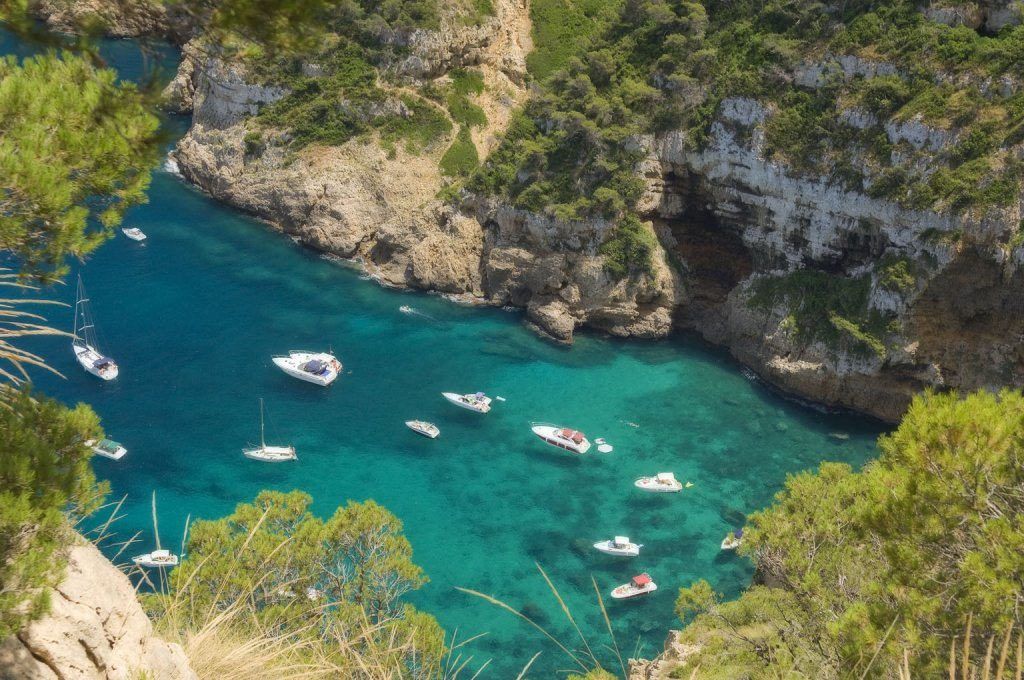
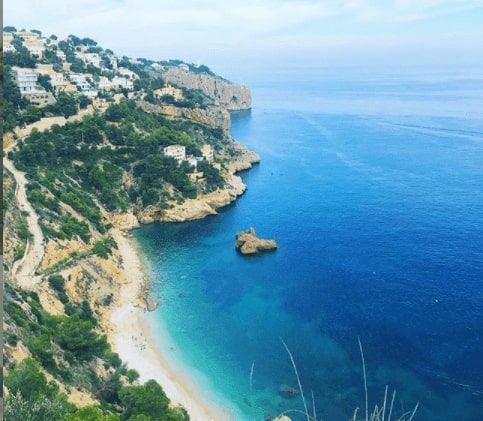
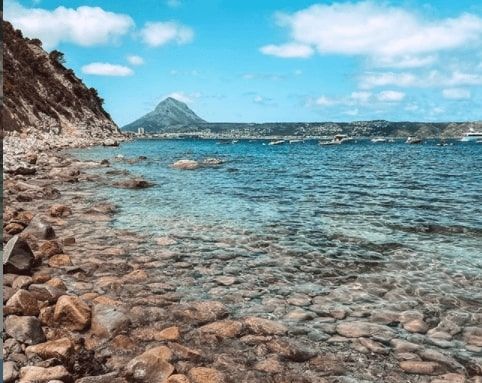
Cape San Antonio Lighthouse
A true must-see when it comes to what to see in Jávea. You can’t access the interior, but it’s worth going to the foot of it to enjoy impressive views of the coast.
You can drive to the lighthouse, but we recommend leaving your car in the recreational area and walking there. The route is less than a kilometer and allows you to enjoy a beautiful natural setting.
Tallada Cave
This marvel arises from the combination of sea erosion and human action, as it was used as a quarry for construction during the Muslim era. Today, it’s a cave that connects directly to the sea. You need to make a reservation to go and swim, but it’s an essential place to see in Jávea. We give you all the details in our post about the secret of La Cova Tallada of Dénia / Jávea.
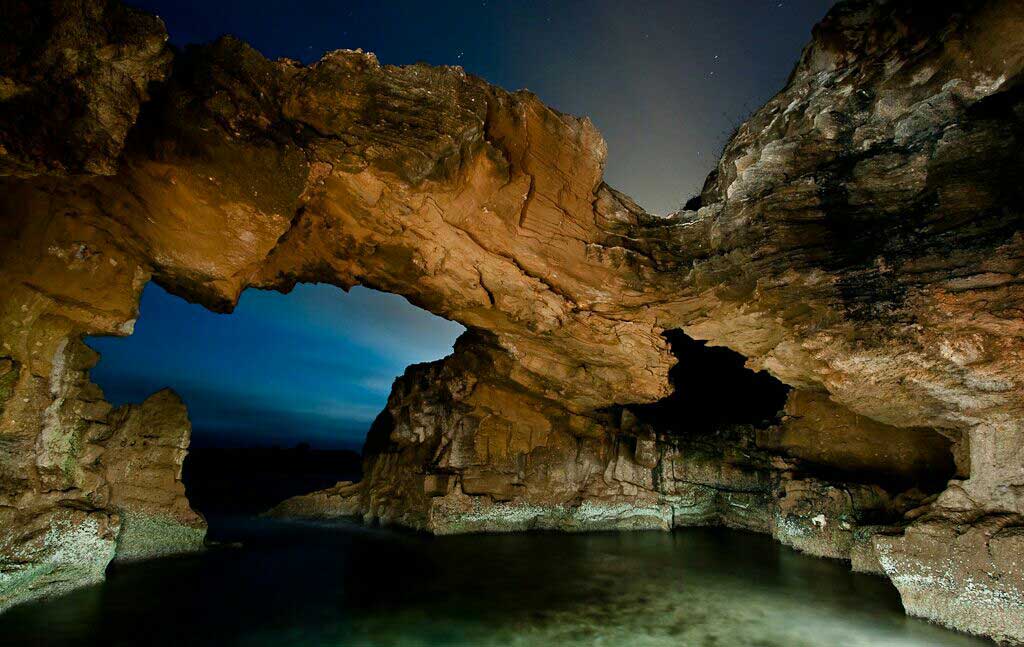
You can reach it by kayak, but also on foot. Just make sure to wear comfortable, closed shoes, as the terrain is very uneven.
La Barraca Cove
It has been dubbed the cove of Instagrammers, because it’s so beautiful that no one can resist taking a photo there. The whitewashed houses in the area, with their striking blue colors, blend perfectly with the surroundings.
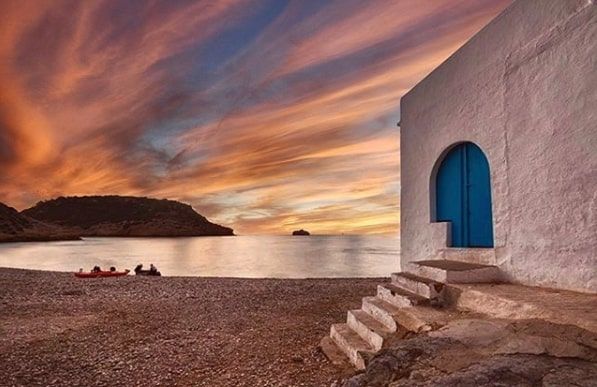
Before reaching the cove, you have another point of interest, the Portitxol Viewpoint, and once at the cove, right in front you’ll see the Portitxol Island, which you can reach by kayak, boat, or even swimming if you’re up for it.
Riurau d’Arnauda
The riuraus are porticoed buildings where raisins were stored during the night or on rainy days, to prevent humidity from spoiling the dehydration process. There are still some that you can visit.
The Riurau d’Arnauda is one of the best preserved, and it will allow you to learn a bit more about the history and traditional way of life in this town.
As you have seen, when it comes to what to see in Jávea, there are many options. You have all the monumental, artistic, and natural heritage you want, so you can plan your vacation at your own pace and according to your style. The best thing is to discover this beautiful town at your leisure. Walk through its streets and forget about the map for a moment, let it surprise you with unique corners that you won’t find in any travel guide.
Jávea has a lot to discover, just like the rest of the Alicante province. If you’re going to spend a few days in the area and you like camping, we’ll be delighted to welcome you to our facilities so you can enjoy an unforgettable experience.
